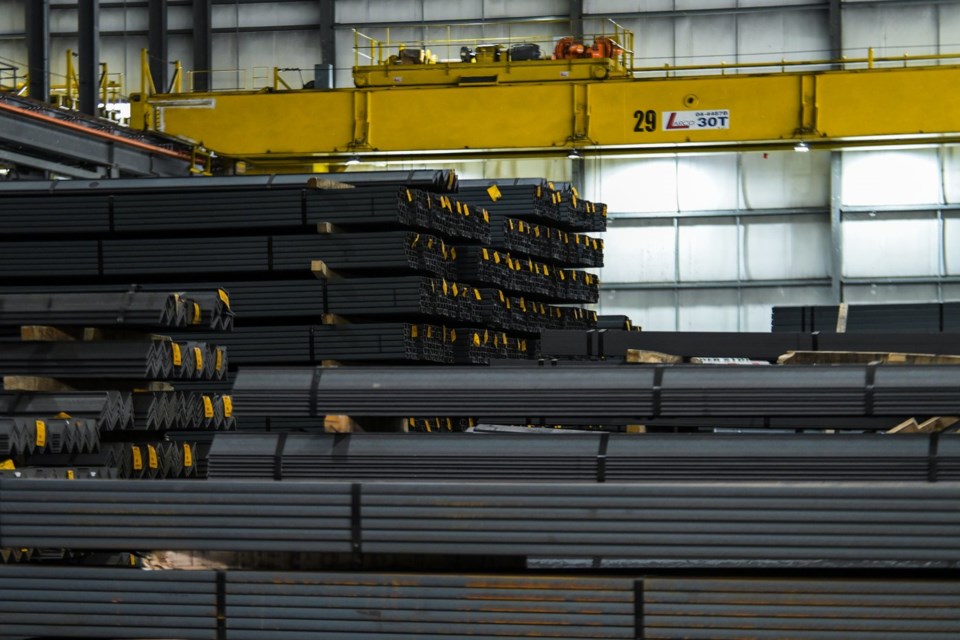OTTAWA — U.S. President Donald Trump introduced 25 per cent tariffs on all imports of steel and aluminum on March 12, and doubled the levies to 50 per cent in early June.
The Canadian government has responded with a number of measures.
Initial response
The day after the U.S. tariffs came into effect, Canada imposed a retaliatory 25 per cent tariff on American goods.
The government said the levies cover $29.8-billion worth of imports in total, including $15.6 billion worth of steel and aluminum.
The tariffs also cover a variety of other goods including gold, jewelry, platinum, scrap metal and waste, ceramics, iron products, umbrellas and candles.
There are more than 530 products on the list ranging from screws and sewing needles to pipes and railway tracks, stoves and barbecues and, yes, even the kitchen sink.
New protections
On June 19, the government announced protectionist policies, including new federal procurement rules that limit access to Canadian suppliers and reliable trading partners, and pledged to adopt measures to address overcapacity and unfair trade practices in the steel and aluminum sectors.
Prime Minister Mark Carney also said Canada will adjust steel and aluminum counter-tariffs on July 21, depending on how the trade negotiations with Trump were going.
Later that month, tariff rate quotas were set on steel mill products imported from countries Canada does not have a free-trade deal with.
If imports exceed 2024 levels, a 50 per cent tariff would kick in. The government said the measure was meant to address the risk that steel that had been intended for the U.S. market is redirected to Canada.
Additional measures
Tariff rate quotas will be expanded to countries that Canada has a free-trade deal with starting on Aug. 1, except for the U.S. and Mexico.
Any imports above 2024 levels will be subject to a 50 per cent surtax if a trade deal is in place.
Steel from countries with no trade deal with Canada will be subject to the tariff after imports exceed 50 per cent of the 2024 levels.
Imports of steel that was melted and poured in China will also be subject to a 25 per cent levy, unless they're imported from the U.S.
Canada has had a 25 per cent tariff on Chinese steel and aluminum products since last October.
Business-specific relief
Businesses can apply for tariff exemptions or refunds in some circumstances, for example, if they are importing goods that are exported or used to produce goods for export within four years.
There's also an exceptional relief program in cases where the imported goods cannot be sourced outside the U.S. or where there are "exceptional circumstances that could have severe adverse impacts on the Canadian economy," the Finance Department says.
A $10-billion loan program for large companies aims to help businesses with a liquidity shortfall. Initially the program was for companies with more than $300 million in Canadian revenue to apply for at least $60 million in loans, but on Wednesday the government revised the criteria to $150 million in revenue and $30 million in minimum loan amount.
The government has also announced temporary changes to the employment insurance program to waive the one-week waiting period for applicants and to allow businesses to reduce their hours without laying off workers.
This report by The Canadian Press was first published July 16, 2025.
Canadian Press Staff, The Canadian Press



